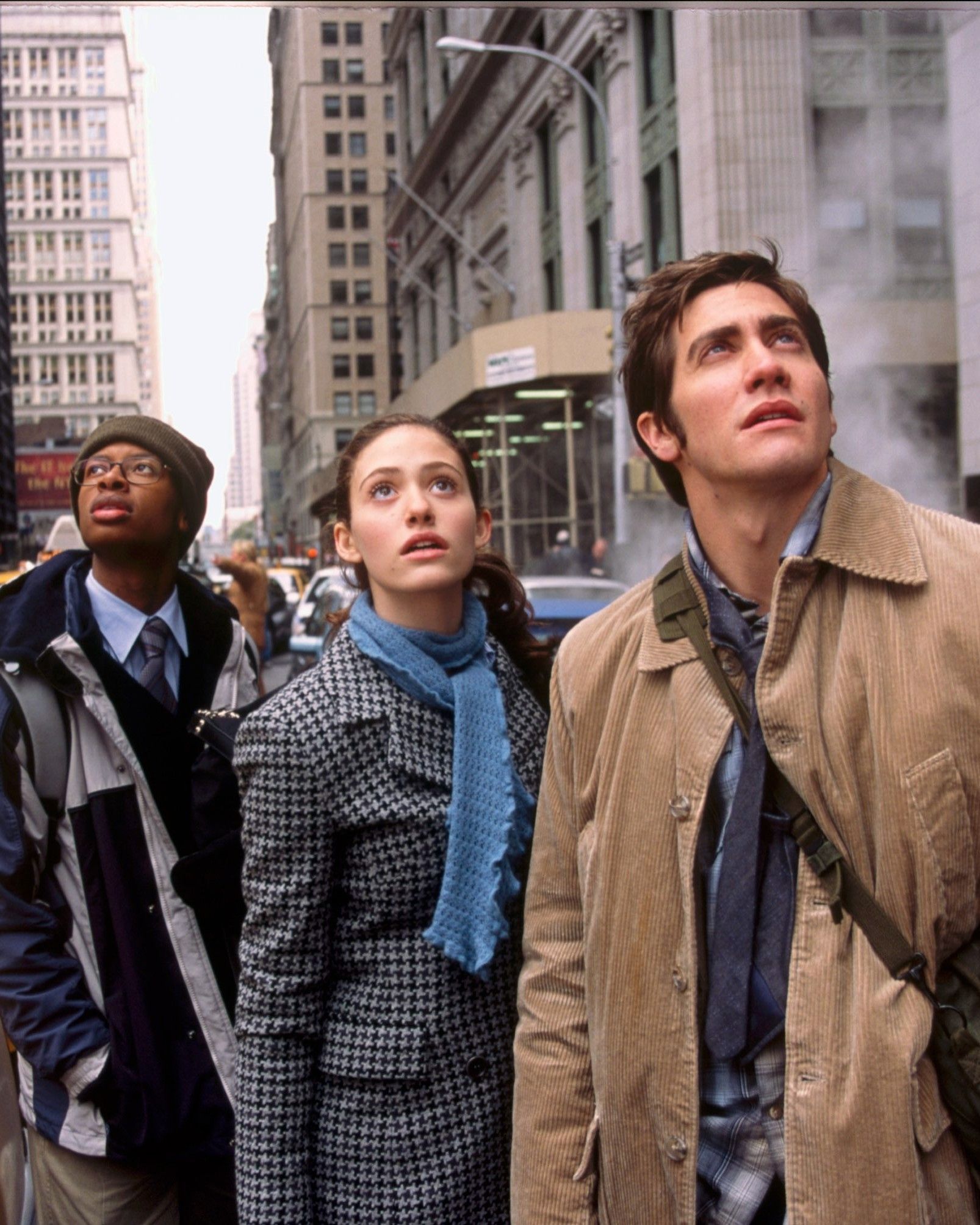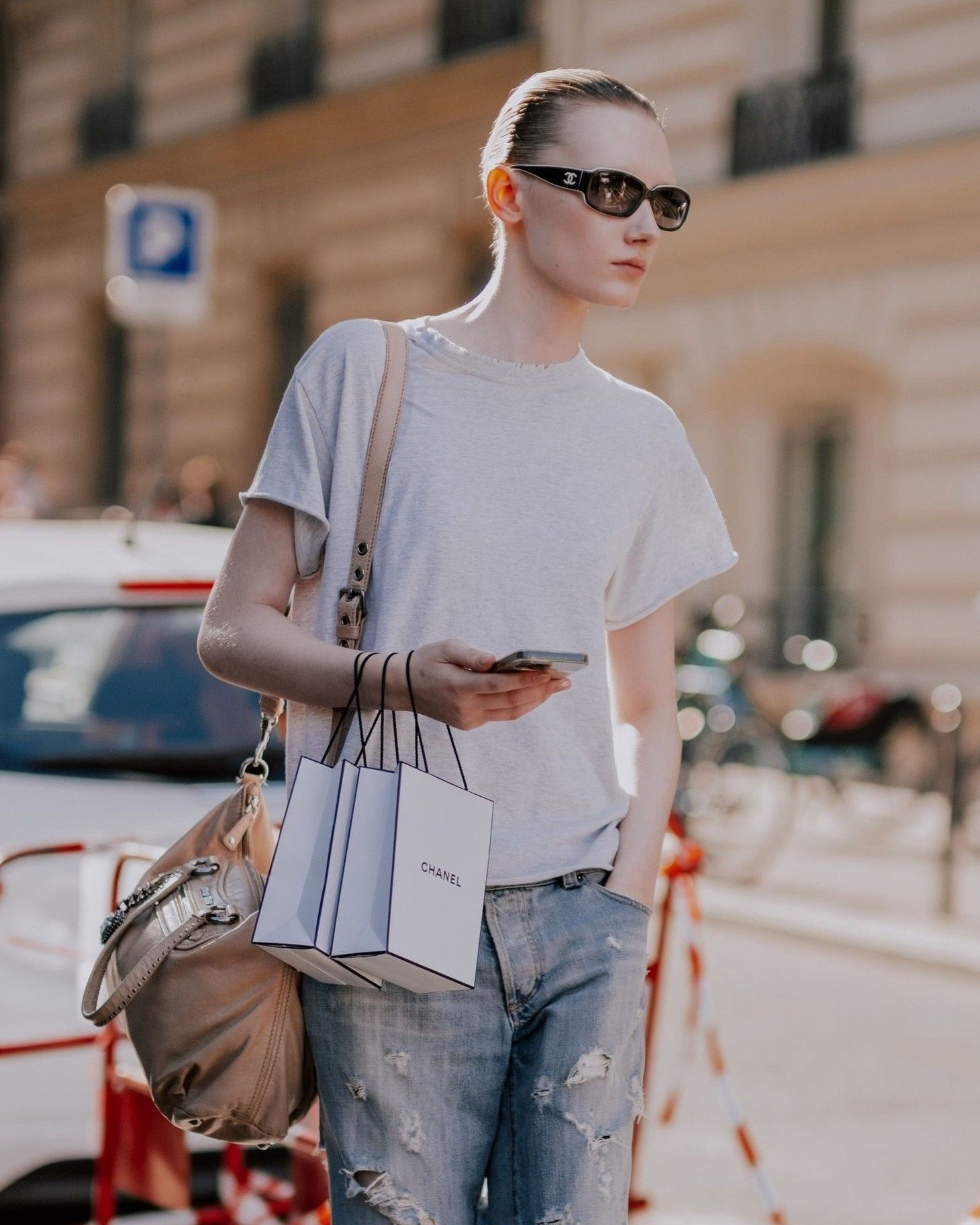
Why destination shows are no longer a good idea When the backdrop makes clothes disappear
This month Dior and Chanel held their shows in two exotic locations, Cairo and Dakar, Senegal, respectively. Although both were spectacular in their own way (and especially Dior's, against the backdrop of the pyramids of Giza) when it came to talking about them, a great many members of the press could not help butexpress some puzzlement at the idea of having hundreds of people travel from as many locations around the world, from America to Korea, for luxurious three-days vacations vacations culminating in the twenty minutes of a fashion show. The issue is not so much about monetary waste (big brands have money to throw around) as it is about the emissions generated by the airplane and car travel of throngs of buyers, VICs, journalists, and the usual cavalcade of celebrities whose only job is to artificially generate interest in events that, devoid of aggressive media campaigns, would have far less visibility. Writing about Chanel's show, that she watched from afar, not even Vanessa Friedman of The New York Times, usually alien to such off-the-cuff criticism, was able to restrain herself from doubting the need for such odysseys without, moreover, matching the choice of location with a choice of design or specific creative direction: «the clothes seemed like the excuse to bring 850 people, about 500 of them from around Africa, to Dakar. Including celebrities such as Pharrell Williams, Whitney Peak and Nile Rogers [...] the better to promote the city’s reputation as a cultural hub, and Chanel as a sort of creative, well — What? Kingmaker or global power sharer?» Similar doubts have been expressed about the Dior show - nothing so serious as to spoil reviews of the collection itself but enough to question whether these destination shows are really a good idea in the first place and if they're still capable of enchanting anyone.
At the point of disillusionment at which we have arrived (award-travel is now the order of the day in the industry) the issue is simple: at best, the spectacular location is a side attraction that gets mentioned en passant, a backdrop that makes the event more attracting; at worst, the issue of the exotic location becomes preponderant, attracting criticism of colonialism, elitism, unsustainable practices, and so on. In a third and even worse scenario, these travel-prizes are the side dishes to irrelevant initiatives, which struggle to break the surface of the 24-hour news cycle and end up falling completely unheeded, nullifying the whole point. In all three cases, one would have done better to have coherent and well-thought-out collections showcased at home. If the clothes are beautiful, so will the reviews: let us always remember that Martin Margiela made his fashion debut in a condominium courtyard, that Helmut Lang did not even use a regular runway, and that Cristobàl de Balenciaga did not leave his atelier to show his couture to the world. It was with Karl Lagerfeld and his megalomaniac shows that the race to the remote and pharaonic location began: who remembers when he held a show on an artificial island erected off the coast of Dubai in 2014? Or when he paraded a Fendi collection on the Great Wall of China? Or when he occupied the entire Paseo del Prado in Cuba, carrying with him an army of glitterati, models and fashion workers? And if, in the post-pandemic era, the press relatively welcomed the return of traveling fashion, in the final months of 2022, as environmentalist concerns mount, the rise of a new ethos devoted to efficiency and thoughtfulness, along with a growing skepticism toward easy commercial gimmicks, the initial "wow" effect of the exotic location is always succeeded by considerations of the waste of money and resources these shows represent.
@volatileonline Fendi @ The Great Wall of China in 2007
original sound - VolatileOnline
In other words, traveling fashion has gone out of fashion this year, if it isn't downright passé, an out-of-touch kind of extravagance. The same can be said of the so-called "experiences" that this month are concentrating mainly in the most exclusive ski locations: from Courmayeur to St. Moritz, via Cortina d'Ampezzo, brands are paying hundreds of euros in air and ground transportation to promote winter capsules when perhaps a billboard or an extra ad in a newspaper would have done the trick. Of course, the show in specific locations often serves to reinforce the brand's presence in a specific market: this is why Louis Vuitton, Prada, and Gucci have organized "parallel" shows in Asia, why Celine showed in Los Angeles, and why Marni will show in Tokyo in February, following a program that will bring the brand back to Milan for its anniversary. In other cases, the destination show has its own reason: we refer to the Roman shows of Fendi and Valentino, for example, who in addition to parading in their city of birth and residence have counterbalanced the environmental impact of their shows by financing important restorations to Rome's artistic heritage, from the Baths of Caracalla to the Spanish Steps. The line, however, remains very blurred. In the case of Gucci, for example, the brand has announced that its shows will be zero-emission from now on «meaning that any emissions that cannot be reduced or avoided, including those linked to the travel of guests & staff, are translated into funding reforestation initiatives». Elsewhere, doubts remain about mega-initiatives such as the Fashion Trust Arabia 2022, which transplanted the entire world fashion elite to Doha for a few days while also involving supermodels, influencers and celebrities of all kinds flying to the Middle East from locations around the world.
President and CEO #MarcoBizzarri and other Gucci employees planted the first 200 trees of the 2000 Gucci donated to Milan—together with the city’s mayor @BeppeSala—to fully offset the CO2 emissions of the #GucciSS20 fashion show. #GucciChangemakers pic.twitter.com/YQ4Dk1OjaH
— gucci (@gucci) October 24, 2019
And speaking of influencers, even if they are just doing their job, we should start holding them accountable for the amount of emissions generated by their trips around the world. Some of the most famous in the industry, whose names need not be mentioned, live their lives in perpetual travel: constantly on airplanes, crossing the Atlantic as if they were going to the supermarket; always in a new and absurd location in Europe or North Africa; spending fifty weekends a year in some destination to which they have arrived by planes, private jets, cars, boats, burning hectoliters of fuel. The category also pollutes by dressing: in the case of major influencers, there are entire legions of couriers and drivers who go back and forth from the showroom to the hotel just to bring a look to wear for less than an hour; or receive gifts (that they often don't even want) that arrived from hundreds of miles away and filling up airplane and van holds. The problem, again, is not the outlay of money, with which each individual or company does as it pleases, but the amount of cumulative emissions produced by individuals in the name of marketing. They would be more justifiable if they were CEOs or business managers who are required to travel - they are less so when all they do is create content on social media and bivouac in five-star hotels. This month between London's Fashion Awards, mountain experiences and shows around the world, the fashion caravanserai has had to travel practically every week .
Although there has been no real media backlash to the traveling shows and experiences of the past few months, these displays of prestige and money do not produce real culture, nor do they really serve any real purpose at the end of the day. Which would not be a serious problem if we were still in the era of Lagerfeld, where moving a 265-ton iceberg from Sweden to the Grand Palais in Paris was something acceptable-unfortunately, that era is over, the climate crisis and the latest societal developments have turned that magnificence into an almost immoral waste. In fashion, the press is like the proverbial canary in the mine: what appear to be marginal hints to unpleasant situations or doubts that are cast vaguely are the visible 1 percent of discussions that, in private, are far more animated, less filtered and brutally honest. And so if the polite opinions of the press can give us an index of the future, we can perhaps say that destination shows will not be a good idea in 2023.















































